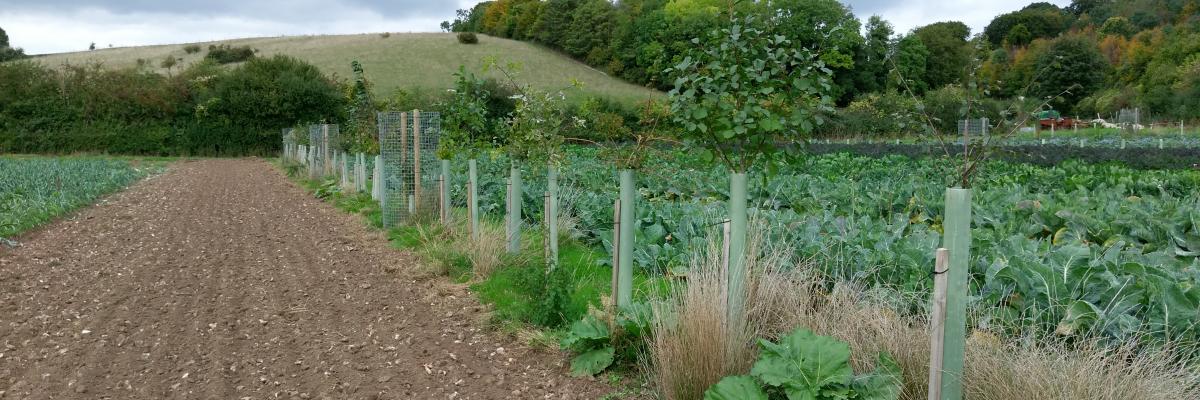

Managing the tree understorey
Opportunities for crop diversification
Opportunities for crop diversification
Download the PDF
Resource explained:
In many agroforestry systems, the area between the tree trunks and under the tree canopy is overlooked and underutilised. This factsheet, produced as part of the AFINET project, explores opportunities for using the area under the trees as a productive part of the system. Rather than being considered wasted space, it could provide an opportunity for introducing new crops (e.g. herbs, flowers, fruit and vegetables) which could increase production and diversify the range of marketable products. The factsheet covers what, why and how, and pros and cons.
Findings & recommendations:
- Understorey crops can help repay tree planting costs within two to three years, if a market can be found for the new crops.
- As trees grow, microclimate conditions will change and the understorey crops may need to be altered.
- Some species and varieties will be better suited than others to conditions found in tree rows; it may be worth trialling varieties or species on a small scale first before scaling up.
- In some tree systems (e.g. short rotation coppice or high density fruit trees) the competition for water and nutrients from the trees may be too great to allow any understorey crops.
- The new crops may benefit biodiversity such as bees and butterflies by providing new habitats and resources. However, the increase in complexity can present challenges including initial establishment costs, additional labour requirements and extra infrastructure.
Summary provided by:
Pen Rashbass
